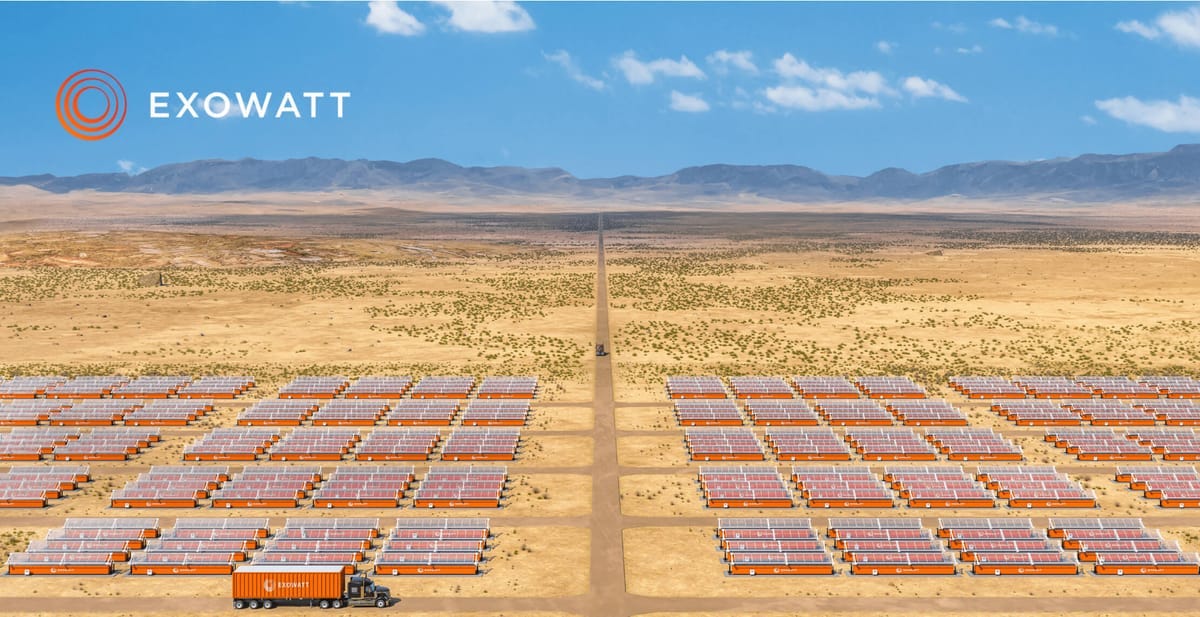Sam Altman and others are investing $20 million in a startup tackling AI's energy problem
Is Nuclear Fusion or Modular Energy going to cover the future of AI Datacenter demands?
Hello Everyone,
I’ve been giving more research and thought into the AI datacenter explosion’s energy and water problem.
It was Earth day and something is a bit off in Silicon Valley. Microsoft is putting PR around Energy dynamics of datacenters that looks like this in Nature.
Sam Altman and Microsoft seem to mirror each other here as we have seen in previous investments in Nuclear Fusion. This is highly problematic for antitrust probes for OpenAI’s future. But the story continues.
April 22nd, 2024. Exowatt, a next-generation renewable energy company, today unveiled a first-of-its-kind modular energy platform designed to power energy-intensive data centers along with a $20 million seed round from a16z, Atomic, and Sam Altman. As the boom in AI technology escalates both the demand and the energy costs for data centers, Exowatt's solution arrives at a critical time.
Sam Altman, happy 39th birthday.
We’re entering an era where the Cloud is going to scale into AI datacenters that might be significantly more power and water hungry that we can imagine today in the 2020s.
Indeed, AI could consume up to 3.5% of the world’s electricity by 2030, Gartner predicts.
Gartner is predicting that by 2030, AI could consume up to 3.5% of the world’s electricity. For context, global energy usage tallied approximately 25,500 terawatt-hours in 2022, according to Statista. So what startups in Nuclear Fusion or elsewhere are going to solve this issue and meet this demand?




